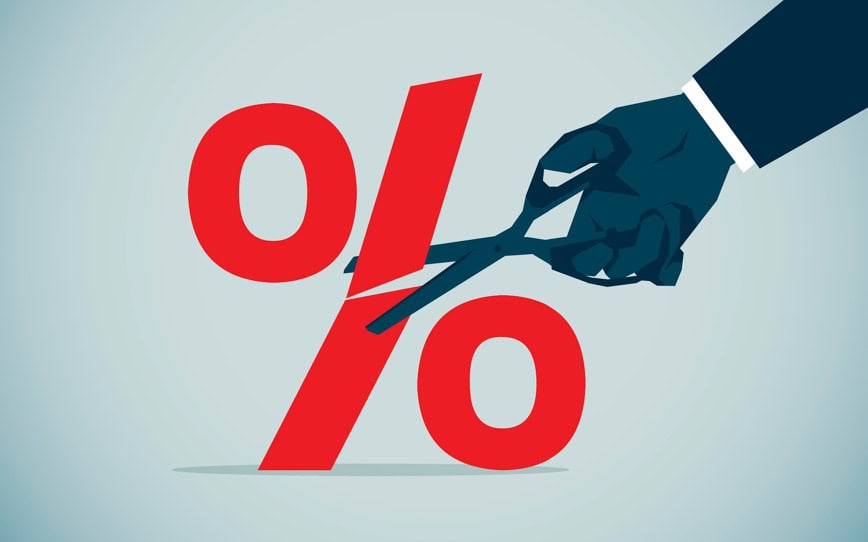Australia’s Reserve Bank has cut interest rates for the first time in four years, lowering the cash rate to 4.1%.
The long-awaited rate cut of 0.25% comes after rates had been kept on hold at 4.35% for more than a year.
The decrease is the first since November 2020 and has arrived in time for the cost of living and national housing affordability to shape up as major issues in the upcoming federal election campaign.
Mortgage reductions
All four major banks have moved quickly to pass on the cut in full, led by Westpac (ASX: WBC) which has vowed to reduce its variable home loan rate by 0.25% for new and existing customers from 4 March.
National Australia Bank (ASX: NAB), Commonwealth Bank (ASX: CBA) and ANZ Group (ASX: ANZ) will do the same for their customers by the end of this month.
The news will no doubt be welcomed by the average homeowner, who stands to save $92 a month in repayments on a $600,000 mortgage over 25 years.
Owners of a $750,000 mortgage will benefit by saving $115 a month (or $1380 per year) and those on a $1 million mortgage look set to save $154 a month ($1848 a year).
Australians will see the rate cuts reflected in their mortgages within the next 10 to 14 days.
This is a faster than usual turnaround, with cuts historically taking between 18 and 22 days to be passed on to consumers.
Moderating inflation
The Reserve Bank said the rate cut reflects a moderation in underlying inflation, which was considered to be too high at 3.5% in September and still a way off from the bank’s 2.5% midpoint.
“Inflation has fallen substantially since the peak in 2022, as higher interest rates have been working to bring aggregate demand and supply closer towards balance,” it said.
“In the December quarter, underlying inflation was 3.2% which suggests inflationary pressures are easing a little more quickly than expected… this gives the board more confidence that inflation is moving sustainably towards the midpoint of the 2% to 3% target range.”
Uncertain outlook
However the outlook remains uncertain and further cuts might not be a given.
“Growth in output has been weak, private domestic demand is recovering a little more slowly than earlier expected and there is uncertainty around the extent to which the recovery in household spending in late-2024 will persist,” the bank said.
“Wage pressures have eased a little more than expected, housing cost inflation is abating and businesses in some sectors continue to report that it has been hard to pass on cost increases to final prices… at the same time, a range of indicators suggest that labour market conditions remain tight.”
Economics and politics
Domestic economic activity and the global political environment could also have impacts on inflation.
“The central projection is for growth in household consumption to increase as income growth rises but there is a risk that any pick-up in consumption is slower than expected, resulting in continued subdued output growth and a sharper deterioration in the labour market than currently projected,” the bank said.
“Uncertainty about the outlook abroad remains significant… geopolitical and policy uncertainties are pronounced and may themselves bear down on activity in many countries if households and firms delay expenditures pending greater clarity on the outlook.”
